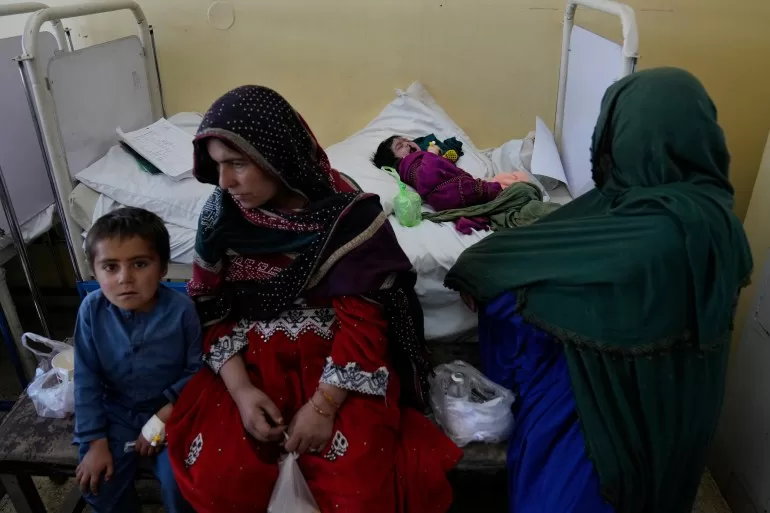Index shows that 83.2 percent of the world’s poorest people live in sub-Saharan Africa and South Asia.
More than one billion people live in acute poverty, with nearly half of them in countries experiencing conflict, according to a new United Nations report.
Countries at war have higher levels of deprivation across all indicators of “multidimensional poverty”, according to an index published on Thursday by the UN Development Programme (UNDP), reporting “markedly more severe” disparities in nutrition, access to electricity, and access to water and sanitation.
Research across 112 countries and 6.3 billion people revealed that 1.1 billion people endure poverty, with 455 million of them living “in the shadow of conflict”, according to the Multidimensional Poverty Index.
“Conflicts have intensified and multiplied in recent years, reaching new highs in casualties, displacing record millions of people, and causing widespread disruption to lives and livelihoods,” said the UNDP’s Achim Steiner.
The index showed that some 584 million people under 18 were experiencing extreme poverty, accounting for 27.9 percent of children worldwide, compared with 13.5 percent of adults.
Child mortality in conflict settings was 8 percent, compared with 1.1 percent in peaceful countries.
It also said that 83.2 percent of the world’s poorest people live in sub-Saharan Africa and South Asia.
The index, compiled jointly with the Oxford Poverty and Human Development Initiative (OPHI), used indicators such as a lack of adequate housing, sanitation, electricity, cooking fuel, nutrition and school attendance to assess levels of “multidimensional poverty”.

The index included an in-depth study on Afghanistan, where 5.3 million more people fell into poverty during 2015-16 and 2022-23. Last year, nearly two-thirds of Afghans were considered poor.
“For the poor in conflict-affected countries, the struggle for basic needs is a far harsher and more desperate battle,” said Yanchun Zhang, chief statistician at the UNDP.
India was the country with the largest number of people in extreme poverty, affecting 234 million of its 1.4 billion population.
It was followed by Pakistan, Ethiopia, Nigeria and the Democratic Republic of the Congo. The five countries combined accounted for nearly half of the 1.1 billion poor people.
OPHI Director Sabina Alkire said “poverty reduction is slower in conflict settings – so the poor in conflict settings are being left behind. These numbers compel a response: we cannot end poverty without investing in peace.”
